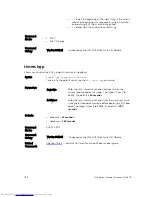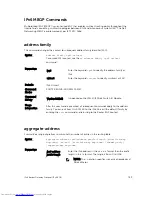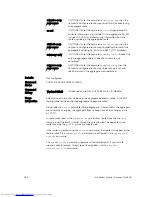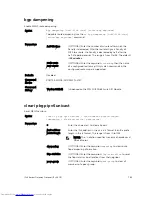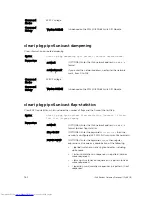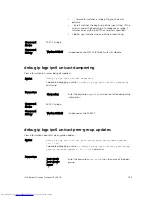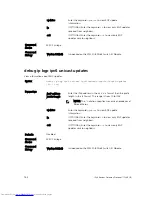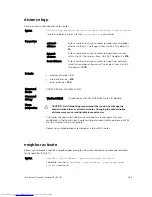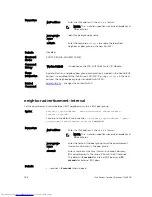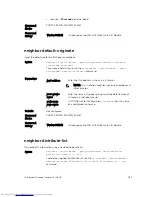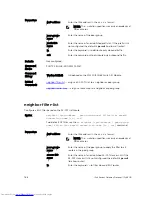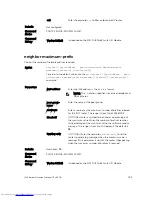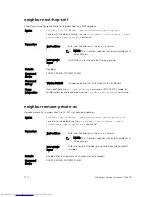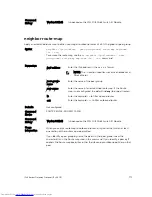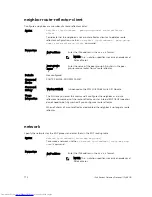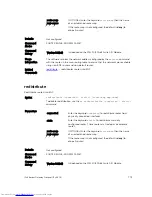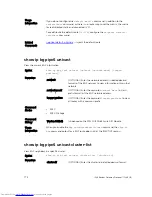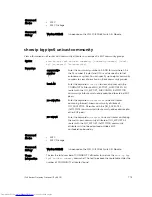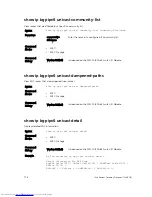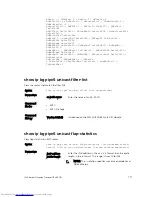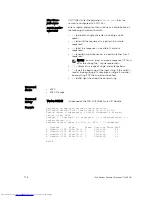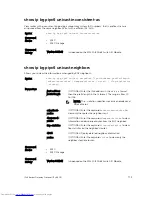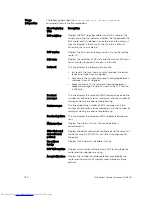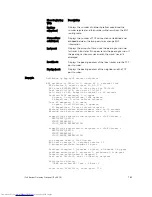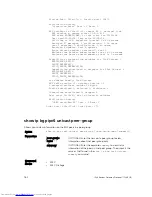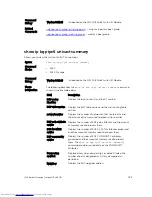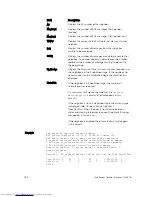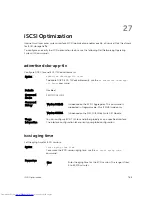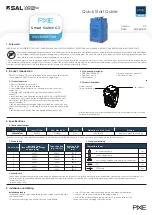
neighbor route-reflector-client
Configure a neighbor as a member of a route reflector cluster.
Syntax
neighbor {
ipv6-address
|
peer-group-name
} route-reflector-
client
To indicate that the neighbor is not a route reflector client or to delete a route
reflector configuration, use the
no neighbor {
ipv6-address
|
peer-group-
name
} route-reflector-client
command.
Parameters
ipv6-address
Enter the IPv6 address in the x:x:x:x::x format.
NOTE: The :: notation specifies successive hexadecimal
fields of zeros.
peer-group-
name
Enter the name of the peer group. All routers in the peer
group receive routes from a route reflector.
Defaults
Not configured.
Command
Modes
ROUTER BGPV6-ADDRESS FAMILY
Command
History
Version 9.2(0.0)
Introduced on the MXL 10/40GbE Switch IO Module.
Usage
Information
The first time you enter this command it configures the neighbor as a route
reflector and members of the route-reflector cluster. Internal BGP (IBGP) speakers
do not need to be fully meshed if you configure a route reflector.
When all clients of a route reflector are disabled, the neighbor is no longer a route
reflector.
network
Specify the networks for the BGP process and enter them in the BGP routing table.
Syntax
network
ipv6-address
[route-map
map-name
]
To remove a network, use the
no network
ipv6-address
[route-map
map-
name
]
command.
Parameters
ipv6-address
Enter the IPv6 address in the x:x:x:x::x format.
NOTE: The :: notation specifies successive hexadecimal
fields of zeros.
772
IPv6 Border Gateway Protocol (IPv6 BGP)

